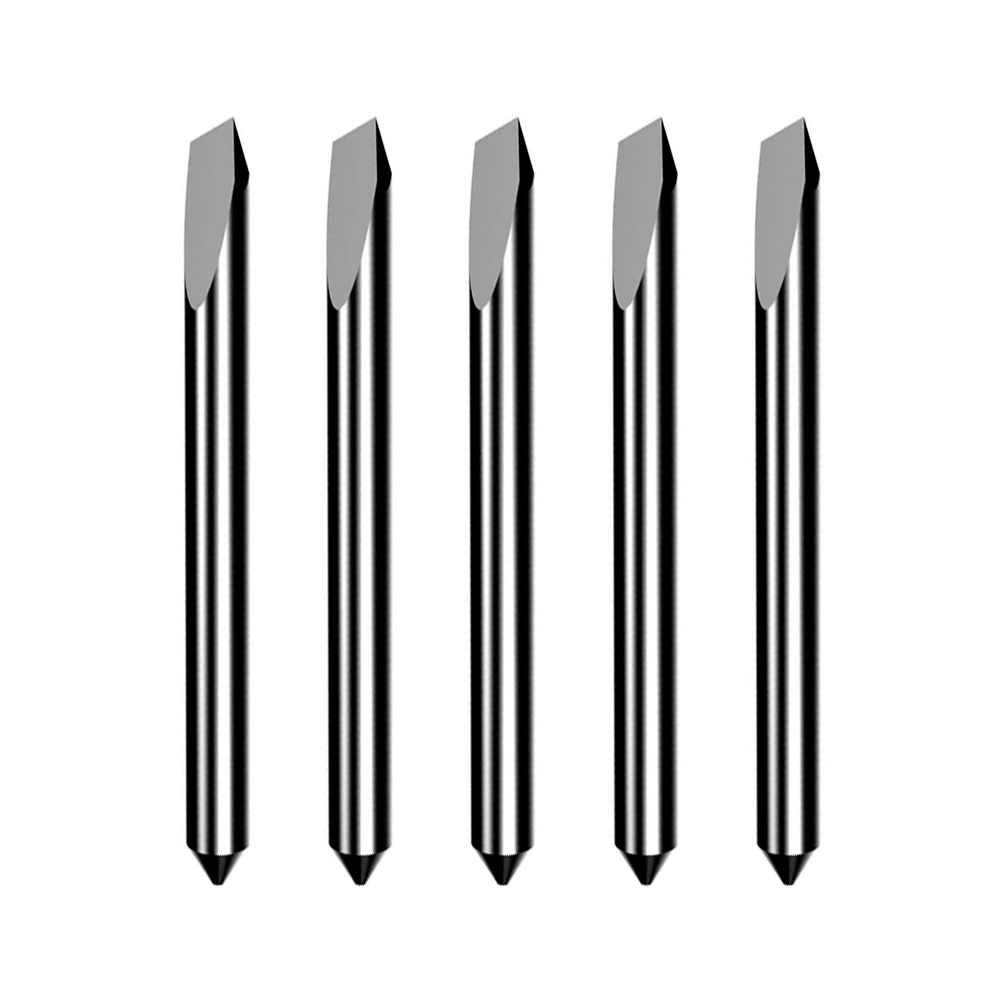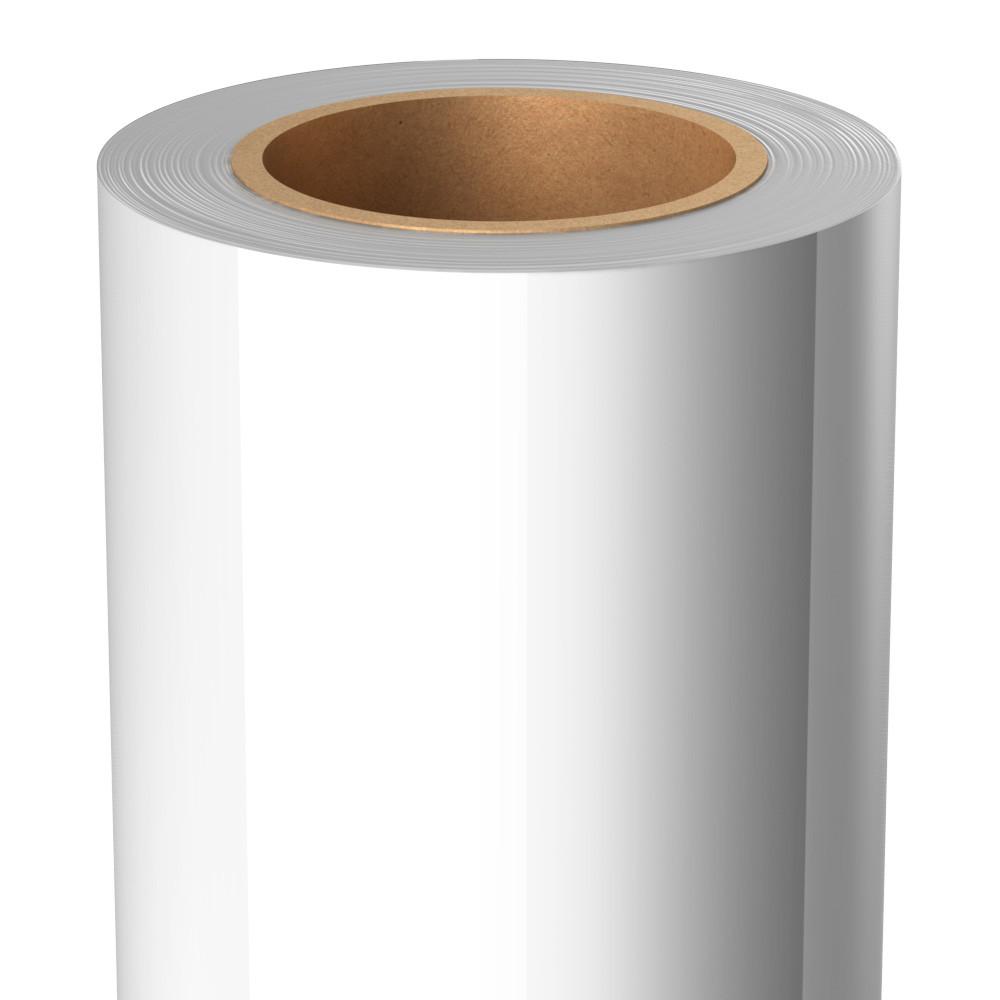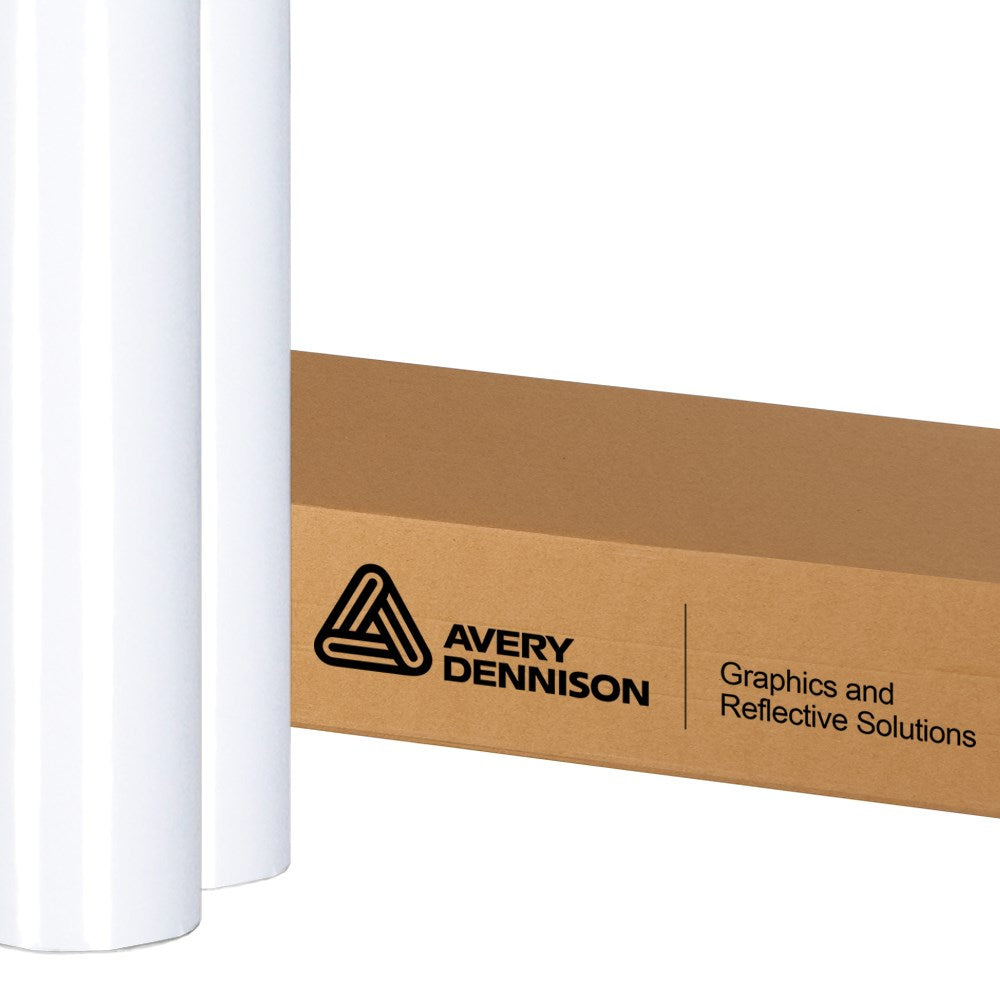Color has impacted human psychology as long as we've been around. A study published in the journal Nature pointed out that athletes who wear red are more likely to win competitions, for instance. As such, colors used in print marketing should be deliberate choices used to elicited a desired response in your audience. Whether you're creating ads or sending fliers in the mail, consider the impact your design and finished product will have.
Creating brand recognition

Colors are an invaluable part of branding. They link certain characteristics to your company and help consumers recognize you when they see your products. For example, what company do you think of when you put yellow and red together? McDonalds, of course. The company is consistent in its use of these shades, always using the exact hues and staying true to the branding throughout its life span. What's more, the color you choose says a lot about your company.
Connecting yourself to traits
If you look at different industries, you'll see color trends in each. This is because colors hold specific psychological connections with which companies want to associate. Here's a breakdown of what different shades represent:
Red
As the Nature study pointed out, red is the color of competition and dominance. It also is associated with passion, heat, intense emotion and appetite. It's no surprise then that many food brands and entertainment companies feature red logos.
Orange
Orange is a mix of passion and joy and is often linked to energy. This color can be linked to creativity, friendliness and enthusiasm as well, which is why companies like Nickelodeon feature it heavily in logos.
Yellow
Yellow is perhaps the most flamboyant color on the list, prized for its eye-catching nature. Like orange, it's linked with happiness, optimism and energy. Companies that use yellow want to stand out - it's no coincidence that many taxi cabs are yellow.
Green
Green means fresh, natural and healthy. People associate it with growth, safety, and healing. Think of brands that want to present themselves as healthy for your body or the environment. Subway, for instance, solidifies its fresh motto with green branding. Whole Foods grocery stores also use green to highlight its organic and natural products.
Blue
The color of intelligence and trustworthiness, blue is a favorite of banks - after all, you want to feel as if you can trust the people holding your money. Blue is also calm, reliable and strong.
Purple
Stable, passionate, luxurious and relaxed, purple can certainly elicit emotion. Hallmark uses purple to effect to show the quality and sincerity of its cards.
Black
Like purple, black can feel luxurious, exclusive, classic and powerful. You have to be pretty bold to brand with black because it doesn't pop out. Many designer fashion houses (including Chanel, Dior and Armani) use black.
Brown
Down to earth, strong, stable and natural, brown is a feel-good color. UPS believes so much in its brown, that it's part of both its logo and slogan.
White
White is pure, innocent and clean. It's used most often alongside other colors in branding.
Making choices
A study in the journal Management Decisions revealed that 62-90 percent of people's decisions to buy or not buy a product is completely based on color. The above list of attributes contribute to that pattern - and it's not just about the brand. The label or product itself carry colors that influence purchasing decisions.
The same is true of marketing efforts. While maintaining a consistent brand look in your marketing is important, you can use colors outside of your logo to make a statement. Consider the goal of your print marketing materials. Do you want to introduce your company to new customers? Then yellow might be the best option because it's so eye-catching. Conversely, if you want consumers to trust your brand, use blue in your fliers. Defining your campaign goals will inspire the best palette to use. Just make sure your choices don't clash with the rest of your branding.
Getting the right shade
Having a high-quality printer is important when using colors for marketing goals. What you see on your screen should be what comes out on paper. Deviations could mess up the care and planning you put into the design.




